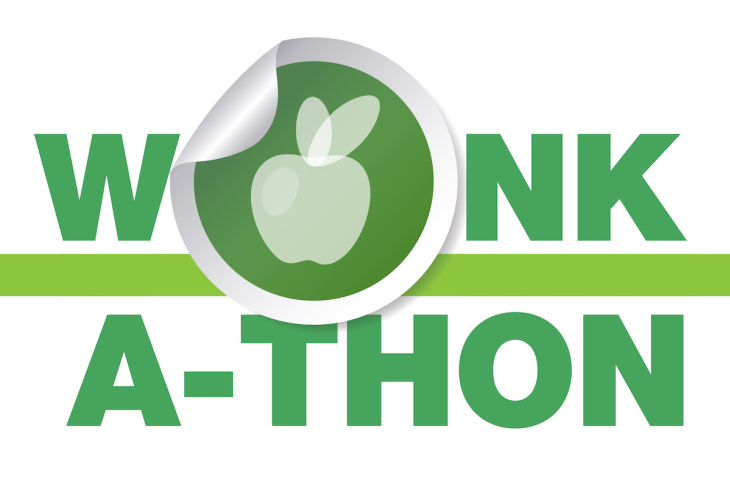How can schools best address students’ mental health needs coming out of the Covid-19 pandemic without shortchanging academic instruction?
Question #1: Schools can best address the needs of whole learners coming out of the Covid-19 pandemic by:
A. Providing quality academic instruction using standards-aligned, research-based curricula informed by data
B. Providing quality social and emotional learning curricula and monitoring this learning with valid, reliable, and standards-aligned assessments
C. Addressing students’ mental health needs with tiered supports delivered by experts with the training and knowledge to meet individuals where they are
D. All of the above
When asked in the generic, it might seem like a trick question. But it’s not a trick. Think of how you and your family present in the world most days. On the days you oversleep, shift your morning routines, hear a bit of disconcerting news, or find yourselves juggling life’s more serious problems, consider how your work and/or ability to learn are affected. As adults, we do our best to compartmentalize and manage our emotions—and we have likely learned critical skills to deal with triggers. In schools, our students are still learning how to manage their emotions while simultaneously being expected to learn.
As the world begins to open up, we will likely find that the pandemic has wreaked havoc on our nation’s students, requiring the urgency to integrate a holistic strand of academics, social and emotional learning (SEL), and mental health supports to help students face the world’s challenges with success. So let’s acknowledge that “(D) All of the above” is the obvious answer and figure out how to get the job done.
It’s a tall order—both financially and in practice. Yet unprecedented infusions of federal stimulus funding should allow school leaders to meet the demand for quality academic instruction, SEL, and mental health supports. However, with that funding comes the responsibility to invest wisely in high-quality interventions that can address the needs of all students, most importantly those who have historically been marginalized.
We need to make sure that, whether we are specifically addressing the academic, social and emotional, or mental health needs of the students in our care, as educators and school leaders, we are using quality, research-based solutions. This may be particularly essential for students of color, students from low-income households, and/or those students who are the first in their families to attend college. There have been many new and shiny educational resources released during the pandemic, but innovation without evidence to demonstrate likely success means putting our most vulnerable students at even greater risk. We simply cannot allow them to be “test subjects” for unproven solutions. For those of us committed to changing the equity equation in schools, a commitment to providing quality, research-based solutions is a must.
We know that when it comes to academics, students learn and achieve best when we provide them with standards-aligned curriculum, assessments, and instruction. Unbiased and evidence-based reviews help educators select quality academic resources, while the use of ongoing formative assessments, benchmarks, and summative assessments provide the data needed to inform practice. High-quality professional development and support is also essential so that educators know how to successfully use the resources provided.
To grow social and emotional skills, it’s important to apply the same rational approach. In SEL, curricula that demonstrate alignment to the Collaborative for Academic, Social, and Emotional Learning (CASEL) standards are considered among the highest-quality offerings. The CASEL framework requires that SEL include the capacities to manage one’s emotions, thoughts, and behaviors effectively in different situations; the abilities to establish and maintain healthy and supportive relationships; and the capacities to develop the motivation and agency to accomplish personal and collective goals. Schools adopting SEL curricula should be certain that the curriculum they are using demonstrate this alignment.
High school students have told us in ACT administered research surveys that mental health supports have been a critical need for some time. The pandemic has only exacerbated this need. For students to grow, learn, and thrive, they need to know that they are safe, supported by others who care, and able to learn. These three components (safety, relationships, and skills development) are critical to a trauma-informed approach that can further empower educators to create a positive climate for learning; develop trusting relationships with students; and help students acquire effective coping skills.
As part of a trauma-informed approach, SEL should also be integrated into the multi-tiered system of supports (MTSS) already in use in most districts in the United States. Specifically, SEL can serve as the foundation (i.e., tier one in MTSS), providing instruction to all students and supporting the development and growth of key social and emotional skills, which lead to positive and adaptive outcomes at school, as well as later in life and at work. Students with specific mental health needs may require more intensive and/or frequent supports provided through additional tiered supports (i.e., tiers two and three in the MTSS system of supports). Districts and schools can determine student needs using a research-based screener, as they do in determining academic needs.
Just as you and your family come into the world with academic, social and emotional, and mental health strengths and needs all wrapped into a single bundle, so too do students arrive at the school door. In implementing research-based solutions using a multi-tiered system of supports, we educate the whole learner, and best prepare students for whatever life brings next. Let’s choose “all of the above” to ensure that our students, educators and schools have all they need to be whole and successful.


